Prioritizing Dental Health: Urgent Care for Prompt Relief
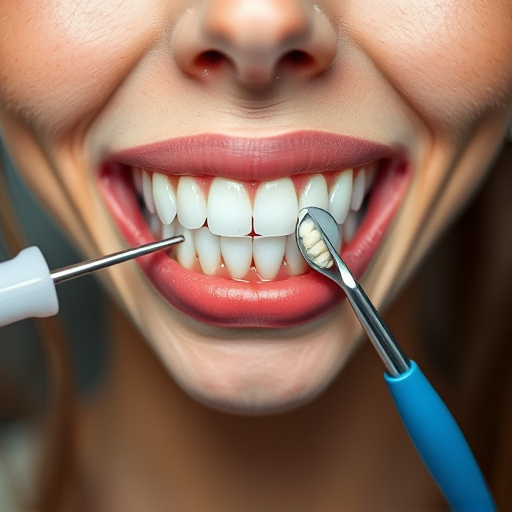
Urgent dental care is vital for maintaining optimal oral health and overall well-being. Common emerg…….
Urgent dental care, a rapidly growing field, has emerged as a vital component in addressing the immediate and often unmet oral health needs of populations worldwide. This concept involves providing fast, accessible, and comprehensive dental services to patients experiencing dental emergencies or those with time-sensitive conditions. With an increasing emphasis on patient outcomes and satisfaction, urgent dental care is transforming traditional dental practices and healthcare systems. This article aims to offer a comprehensive exploration of this evolving domain, delving into its definition, global impact, economic implications, technological innovations, regulatory frameworks, challenges, real-world applications, and future prospects.
Urgent dental care refers to the immediate delivery of dental services for conditions that require prompt attention but are not necessarily life-threatening. These conditions range from acute toothaches and oral infections to facial traumas, swollen gums, and dental abscesses. The primary objective is to alleviate pain, prevent further complications, and restore oral health as quickly as possible.
Core components of urgent dental care include:
The concept of urgent dental care has evolved over time in response to growing awareness of oral health disparities and emergency dental needs. Historically, dental care was largely reactive, with patients seeking treatment only when pain or severe conditions emerged. This approach often led to delayed care and more complex treatments.
In the late 20th century, a movement towards preventive and accessible dental care gained momentum, emphasizing early intervention and community-based services. This shift laid the groundwork for urgent dental care by recognizing the importance of quick access to dental services for acute issues. Over the years, technological advancements, changes in healthcare policies, and increasing demand have further driven the development of this specialized field.
Urgent dental care has a significant global impact, but its availability and accessibility vary widely across countries and regions. Developed nations with robust healthcare systems tend to have more established urgent dental care services, while developing countries often struggle with limited resources and infrastructure.
Regional Disparities:
Several global trends are influencing the growth and direction of urgent dental care:
| Trends | Impact |
|---|---|
| Growing Urbanization: As more people move to cities, demand for accessible, quick dental care increases, pushing the development of urgent care services. | Expansion of urban clinics and mobile dental units to cater to diverse populations. |
| Aging Population: Older adults often have complex oral health needs. With a global aging trend, there is a higher demand for specialized urgent dental care services tailored to seniors. | Development of age-specific urgent care models focusing on geriatric dentistry. |
| Telemedicine and Digital Health: Technological advancements enable remote consultations, enabling patients in remote areas to access urgent dental advice and guidance. | Increased accessibility through telemedicine, bridging the gap in rural regions. |
| Integrating Dental with Primary Care: Collaboration between dental professionals and primary care providers improves coordination of emergency care for complex cases. | Enhanced patient outcomes through multidisciplinary care approaches. |
The urgent dental care market is experiencing significant growth, driven by factors such as rising dental health awareness, aging populations, and technological advancements. According to a report by Research and Markets, the global urgent dental care market size was valued at USD 12.7 billion in 2020 and is projected to grow at a CAGR of 6.5% from 2021 to 2028.
Market Drivers:
Investment Patterns:
Urgent dental care offers substantial economic benefits:
Technological advancements have revolutionized urgent dental care, improving efficiency, accessibility, and patient outcomes:
The future of urgent dental care holds immense promise with emerging technologies:
However, technological challenges include ensuring data security and privacy, integrating diverse systems, and addressing the digital divide, especially in rural or low-income regions.
The development and delivery of urgent dental care are shaped by various policies and regulatory frameworks, which vary across jurisdictions:
Policy decisions play a pivotal role in shaping the availability and quality of urgent dental care:
Urgent dental care faces several challenges, each requiring strategic solutions:
| Challenges | Potential Solutions |
|---|---|
| Limited Resources: Inadequate funding and staff shortages impact service availability, especially in rural or low-income areas. | Advocate for increased government investment, encourage private partnerships, and implement cost-effective models like community dental clinics. |
| Access Disparities: Urban-rural divide and socioeconomic inequalities result in unequal access to urgent care. | Develop mobile dental units, telemedicine services, and transportation programs to reach underserved populations. Implement targeted awareness campaigns to encourage oral health practices among all demographics. |
| Staffing Shortages: Recruiting and retaining qualified dental professionals for urgent care positions is challenging. | Offer incentives, such as higher pay and flexible schedules, to attract and retain staff. Provide specialized training programs tailored to urgent care requirements. Collaborate with dental schools for student placements and exposure to urgent dentistry. |
| Cost Concerns: Urgent dental services can be expensive, deterring patients from seeking timely care. | Negotiate insurance reimbursement rates, implement sliding fee scales, and explore public-private partnerships to subsidize costs for low-income patients. |
| Emergency Triage: Effective triage systems are crucial but can be complex in overburdened settings. | Develop evidence-based triage protocols and utilize technology for faster, more accurate assessments. Provide ongoing training for healthcare providers to ensure consistent application of triage criteria. |
Criticisms of urgent dental care often revolve around quality of care, cost, and potential over-treatment. To counter these:
Case Study 1: Mobile Dental Clinic in Rural India
In a remote village in India, a non-profit organization established a mobile dental clinic to address the lack of oral healthcare services. The clinic, equipped with basic urgent care facilities and powered by solar energy, reaches thousands of underserved individuals annually. It offers free or low-cost treatments, educates communities on oral hygiene, and provides preventive care, significantly improving dental health outcomes in the region.
Case Study 2: Telemedicine Urgent Care Network
A group of urban dental practices collaborated to create a telemedicine network, providing remote consultations for patients with dental emergencies. This model enables patients to receive immediate advice, reducing unnecessary visits and wait times. The network has successfully expanded access to urgent care, particularly for those who face transportation challenges or live in areas with limited dental services.
Case Study 3: Community-Based Dental Emergency Response
During the COVID-19 pandemic, a city’s health department launched a community-based dental emergency response team. This initiative provided mobile dental units to long-term care facilities and homeless shelters, ensuring urgent care for vulnerable populations isolated due to lockdowns. The program demonstrated the adaptability of urgent dental care in addressing public health crises.
The future of urgent dental care holds immense potential with several growth areas and emerging trends:
To capitalize on these trends and ensure sustainable growth:
Urgent dental care is transforming the way oral health services are delivered, ensuring that patients receive prompt and comprehensive care when they need it most. With technological advancements, growing public awareness, and supportive policies, this field is making significant strides in improving access and quality of dental care worldwide.
As global trends continue to shape healthcare systems, urgent dental care will remain a vital component in addressing oral health disparities and enhancing overall well-being. By learning from successful case studies and implementing innovative strategies, healthcare providers, policymakers, and communities can collectively drive positive change in this dynamic domain.
Q: What is the difference between regular dental check-ups and urgent dental care?
A: Regular dental check-ups are preventive measures aimed at maintaining oral health through routine cleanings, examinations, and patient education. Urgent dental care, on the other hand, deals with acute dental issues or conditions that require immediate attention and treatment due to their time-sensitive nature.
Q: How can I find urgent dental care services in my area?
A: Many countries have online directories listing emergency dental clinics or providers. Local health departments or dental associations often provide information on available services. Additionally, your regular dentist might be able to direct you to a trusted urgent care provider.
Q: Are there cost considerations for urgent dental care?
A: Yes, urgent dental services can vary in cost depending on factors like location, treatment complexity, and patient insurance coverage. Some providers offer sliding fee scales or financial assistance programs to make care more accessible. It’s essential to inquire about pricing and payment options when seeking urgent care.
Q: Can telemedicine replace in-person urgent dental care?
A: Telemedicine is a valuable tool for providing remote consultations and basic urgent care, especially in areas with limited access to dental services. However, complex procedures or examinations often require an in-person visit for accurate diagnosis and treatment. A combination of both approaches can offer the best of both worlds.
Q: How can I prevent dental emergencies?
A: Regular oral hygiene practices, including brushing twice a day, flossing daily, and limiting sugary foods and drinks, significantly reduce the risk of dental emergencies. Additionally, staying up-to-date with dental check-ups and following your dentist’s recommendations for preventive care can help maintain optimal oral health.

Urgent dental care is vital for maintaining optimal oral health and overall well-being. Common emerg…….

Overlooking prompt dental treatment can worsen oral health issues. Urgent dental care services addre…….
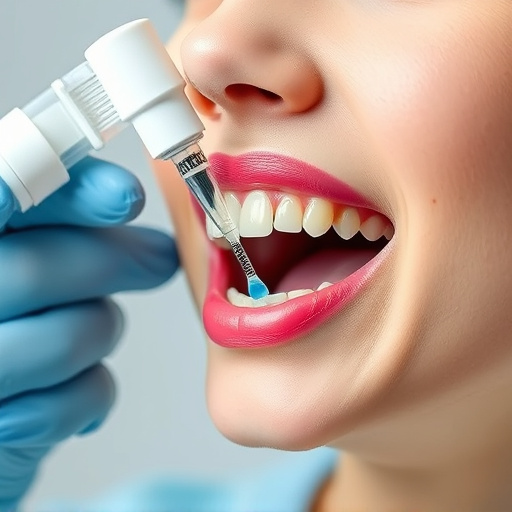
Urgent dental care providers are highly skilled in handling diverse dental emergencies, from toothac…….
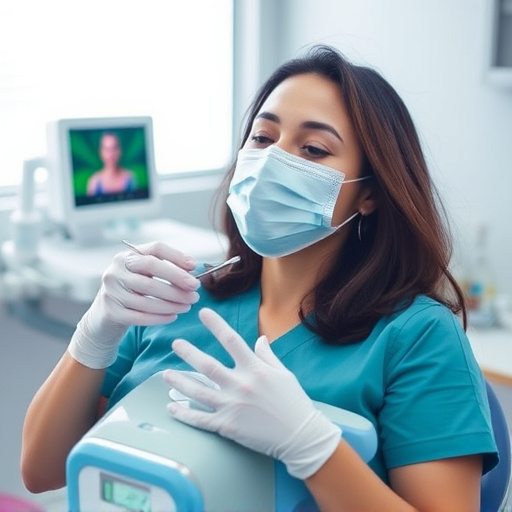
Urgent dental care is crucial for pediatric emergencies, providing swift solutions like splinting an…….
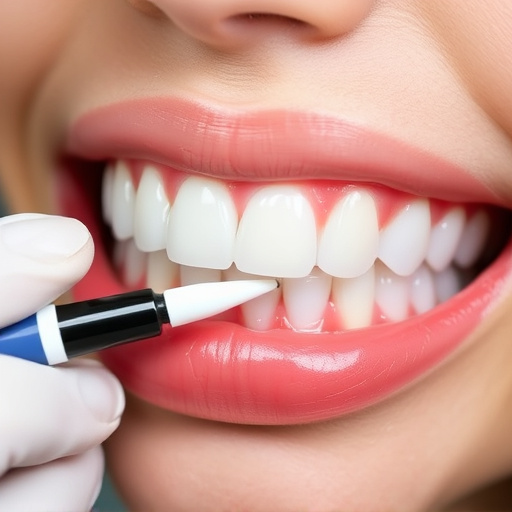
Early recognition of dental issues is crucial for effective urgent dental care. Prompt action, inclu…….
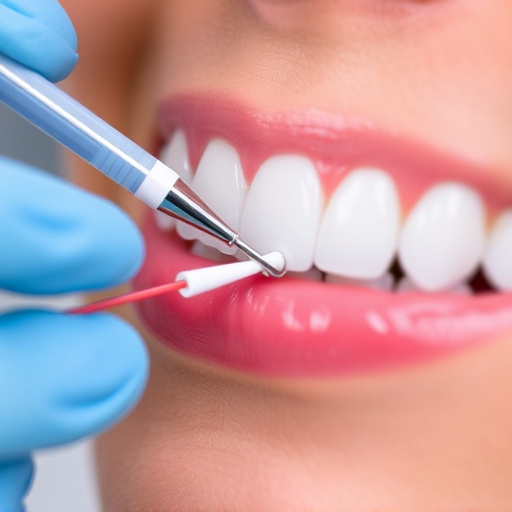
Neglecting oral health can lead to severe crises impacting overall well-being and public health. Urg…….
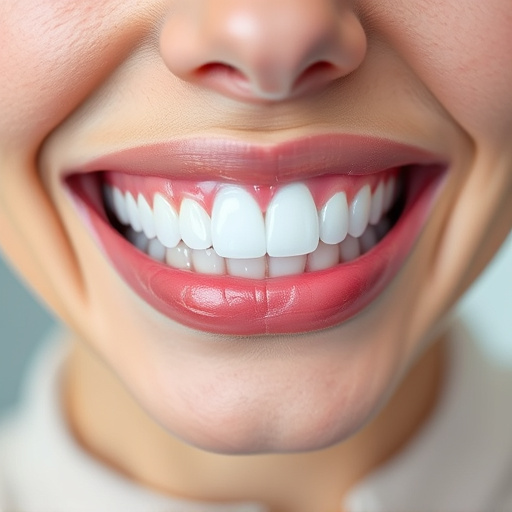
Effective urgent dental care prioritizes severe cases like intense pain, bleeding, or potential toot…….
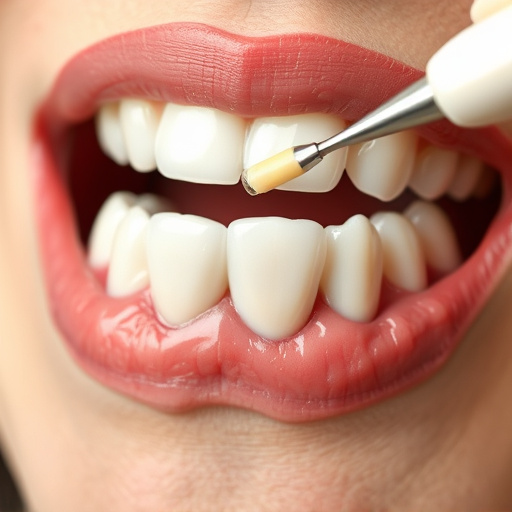
Urgent dental care facilities provide swift treatment for immediate dental issues, from severe tooth…….
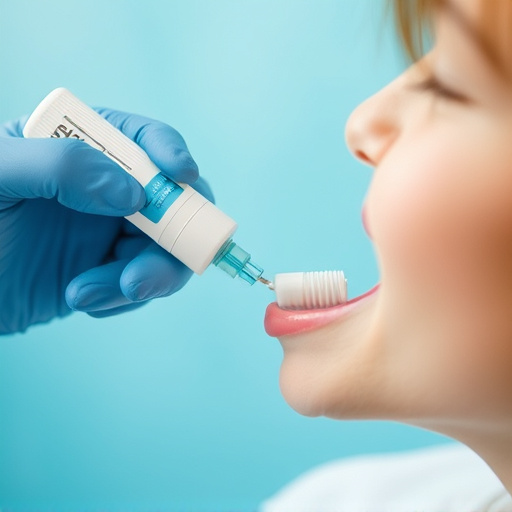
Prompt recognition of urgent dental issues like severe pain, bleeding, or loose teeth is crucial for…….
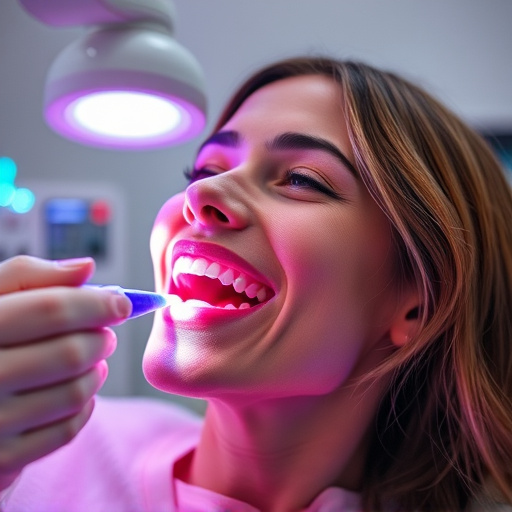
Dental emergencies require immediate urgent dental care to prevent pain, infections, and systemic co…….